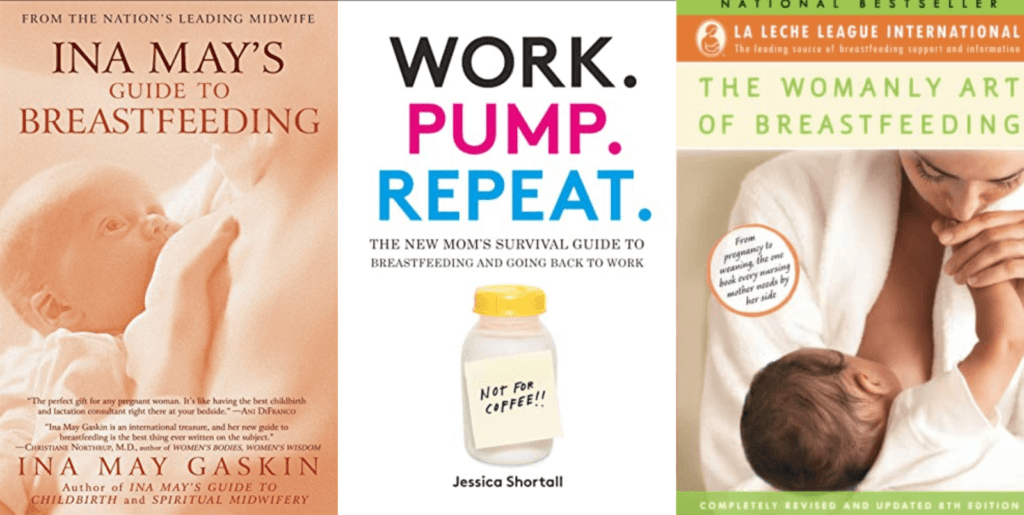In this post, you’ll find out the answer to the questions “Will a clogged milk duct eventually dry up?”
Will A Clogged Milk Duct Eventually Dry Up?
In most cases, a clogged milk duct will not cause the milk supply to completely dry up by itself.
However, if a clogged duct is not resolved, it may potentially lead to a decrease in milk production over time.
Adequate removal of breast milk is crucial for maintaining milk supply, and when a duct is clogged, it can impede the flow and drainage of milk.
Therefore, it is important to address a clogged milk duct promptly to prevent any negative impact on milk production.
Related: How To Sleep Comfortably With Engorged Breasts?
What Causes A Clogged Milk Duct?
A clogged milk duct can be caused by various factors. Here are a few common causes:
1. Inadequate Milk Removal
When the breast is not fully emptied during breastfeeding or pumping, milk can build up and block the milk ducts, leading to a clog.
2. Pressure on the Breast
External pressure on the breast, such as tight-fitting bras, underwire bras, or sleeping in positions that put pressure on the breasts, can obstruct milk flow and result in a clogged duct.
3. Milk Oversupply
If a mother produces more milk than her baby can consume, it can lead to engorgement and increase the risk of clogged ducts.
4. Improper Breastfeeding or Pumping Techniques
Incorrect latch or positioning while nursing, or using improper techniques while pumping, can prevent proper milk drainage and contribute to blocked ducts.
Related: 10 Tips For Successful Breastfeeding
5. Tight Clothing
Wearing tight clothing, especially around the chest area, can compress the milk ducts and impede milk flow.
6. Stress
High levels of stress can affect the let-down reflex, which controls the release of breast milk. When the let-down reflex is inhibited, it can lead to milk stasis and the formation of clogs.
7. Sudden Changes in Feeding Patterns
Abrupt changes in breastfeeding frequency or duration, such as when a baby starts sleeping longer at night or begins solid food introduction, can disrupt the balance of milk production and demand, increasing the risk of clogged ducts.
It is important to note that every individual may have different reasons for experiencing clogged milk ducts.
Understanding and addressing the underlying cause can help prevent future occurrences and promote optimal breastfeeding experiences.
Related: How To Massage Engorged Breasts?
How to Alleviate a Clogged Milk Duct?
When experiencing a clogged milk duct, it is essential to address it promptly to minimize discomfort and prevent complications such as mastitis.
Here are some steps you can take to alleviate a clogged milk duct:
1. Breastfeed or Pump Frequently
The most effective way to clear a clogged duct is to remove the milk from the affected breast.
Nurse your baby frequently on the affected side, ensuring they have a proper latch.
If breastfeeding is not possible in the moment, use a breast pump to express milk.
2. Apply Warm Compresses
Prior to nursing or pumping, apply a warm compress to the affected area.
The warmth helps to increase blood flow, relax the tissues, and facilitate milk flow.
You can use a warm towel, a heating pad set on low, or take a warm shower.
3. Massage the Affected Area
Gently massaging the clogged duct can help break up the blockage.
Using your fingertips, start behind the clog and apply gentle pressure, moving towards the nipple in a circular motion.
Continue massaging while nursing or pumping.
4. Vary Nursing Positions
Experiment with different nursing positions that encourage gravity to assist in draining the clogged duct.
Positions like dangle feeding or lying on your back while nursing can be beneficial.
Related: How To Combine Breastfeeding And Pumping?
5. Ensure Proper Latch
It is crucial to ensure that your baby has a proper latch during breastfeeding.
An incorrect latch can contribute to poor milk drainage and increase the risk of clogged ducts.
Seek guidance from a lactation consultant if needed.
6. Wear Loose Clothing
Opt for loose-fitting bras and clothing that do not constrict the breasts.
Tight clothing can put pressure on the ducts and impede milk flow.
7. Take Pain Relievers
Over-the-counter pain relievers like ibuprofen can help alleviate pain and reduce inflammation associated with a clogged milk duct.
Always consult with your healthcare provider before taking any medication while breastfeeding.
If despite these measures the clogged duct persists or if you develop symptoms of infection such as fever, chills, or worsening pain, it is crucial to seek medical advice promptly.
Related: Top 8 Breast Pumping Tips For New Moms
Potential complications
A clogged milk duct, if not adequately addressed, can lead to several potential complications.
It is important to be aware of these potential issues and seek proper medical attention if needed.
Here are some potential complications associated with a clogged milk duct:
1. Mastitis
If a clogged duct is not resolved, it can progress into mastitis, which is an infection of the breast tissue.
Mastitis often presents with symptoms such as redness, swelling, warmth, pain, and flu-like symptoms like fever and chills.
Antibiotics may be required to treat mastitis, so it is essential to consult with a healthcare provider promptly.
2. Abscess Formation
In some cases of severe or untreated mastitis, an abscess may form.
An abscess is a collection of pus within the breast tissue.
It typically requires drainage through a needle or surgical intervention, along with a course of antibiotics.
3. Decreased Milk Supply
A persistent clogged milk duct can hinder milk flow and lead to a decreased milk supply.
This, in turn, can impact breastfeeding and potentially cause further complications or challenges in feeding the baby.
4. Recurrent Clogged Ducts
If an underlying issue or improper management contributes to recurrent clogged ducts, it is crucial to address the root cause.
Consulting with a lactation consultant or healthcare provider can help identify and address any contributing factors.
5. Discomfort and Pain
A clogged milk duct can cause significant discomfort and pain in the affected breast, making breastfeeding or even normal daily activities challenging.
Resolving the clog promptly can alleviate the discomfort and prevent it from escalating.
Related: When Does Breastfeeding Get Easier? A Guide for New Mothers
Conclusion
A clogged milk duct is a common issue experienced by lactating individuals, and it generally does not lead to the complete drying up of milk supply on its own.
However, if a clogged duct is not effectively resolved, it can potentially lead to more significant complications that may impact milk production.
Seeking guidance from a lactation consultant or healthcare professional can provide further assistance in managing clogged ducts and optimizing breastfeeding experiences.




